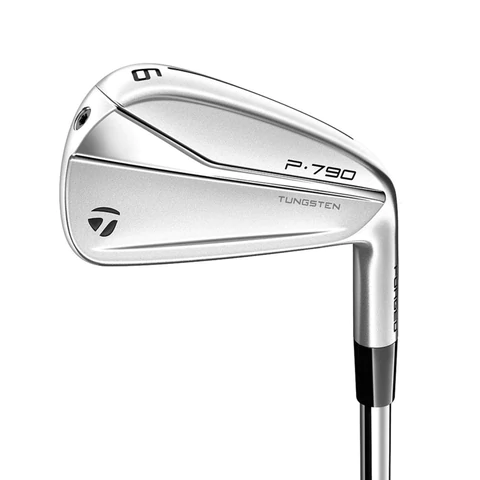The golf clubs, also known as irons, are called so for their clubheads being metal-based. Iron club heads are thin from back to front, and the clubfaces have grooves to help spin the golf ball. A player’s bag has many golf irons. Therefore, knowing their structures and purposes helps players find the appropriate set to make significant improvements in their game.
Many types of irons are available with varying specifications. Seasoned players pick customised club heads like Tyalormade p790 to provide maximum precision and contact, fitting their swing.
Types and Designs of Irons Available in Golf
Cast Iron
Cast iron is one of the oldest and strongest forms of iron that people use in clubs. Manufacturers create cast iron clubs by pouring liquid iron into a mould with complex head designs that fit different specifications. Therefore, cast irons are more suitable for clubs that are intricate, are perimeter weighted and have multiple materials. The casting process is also more economical, resulting in a lower price tag.
Forged Irons
Forging a golf iron is similar to a blacksmith’s work. Manufacturers sink the metal into a rough shape and hammer it down to an appropriate shape. Hence, they produce a raw forged iron that is a close approximation of the final golf club head. They provide finishing via grinding, milling and polishing. It results in a one-piece, solid-looking iron that suits well among seasoned and professional golfers who place higher importance on the feel of the club and its ability to control trajectory to shape their shots.
Read also: flavors and fragrances market
Blade Iron Design
Blade irons help a competent player through their thin top line and face, enabling a compact hitting area. Blades usually distribute their weight evenly throughout the iron head, providing a sweet spot at the centre for the player to aim at. The higher weight behind the sweet spot provides players with the ability to shape a shot than a cavity back. Therefore, this design is also known as muscle back.
Cavity Back Iron
As the name suggests, a cavity back iron has a cavity or a recess behind the head, providing more weight to the perimeter of the iron. It allows a better moment of inertia for the players, making it more flexible. Generally, manufacturers combine a thin clubface with a clubhead allowing off-centre shots to fly longer and straighter.
Hybrid Iron Sets
Hybrid irons are designed to help players who find longer irons challenging. Hybrid iron sets have a varied range of iron heads progressing from part wood/part iron hybrid clubs and reduced cavity or hollow back mid irons to cavity-back short irons. Hybrid clubs with their cavity backs provide maximum flexibility and control for the players to hit shorter shots into the greens with control and accuracy.
Types of Accompanying Shafts
Graphite Shafts
Graphite shafts are known for their flexibility and are light in weight, enabling the players to increase their swing and reach better distance in their game. The one drawback of this material is the feel compared to its steel counterpart.
Steel Shafts
Steel irons are the most common shaft players opt for. It is heavier and stronger than graphite, providing better balance, consistency, durability and accuracy.
Multiple material shafts are available to balance the advantages and provide a customised golfing experience for players today.
Custom Fit
Well-known manufacturers provide custom fitting designs for golf iron heads by adapting to the buyer’s specifications, matching their swing and size. Tyalormade p790 is one such customisable iron to help golfers of all statures to enjoy making their perfect shot.
Also visit ibomma for more informative blog.

